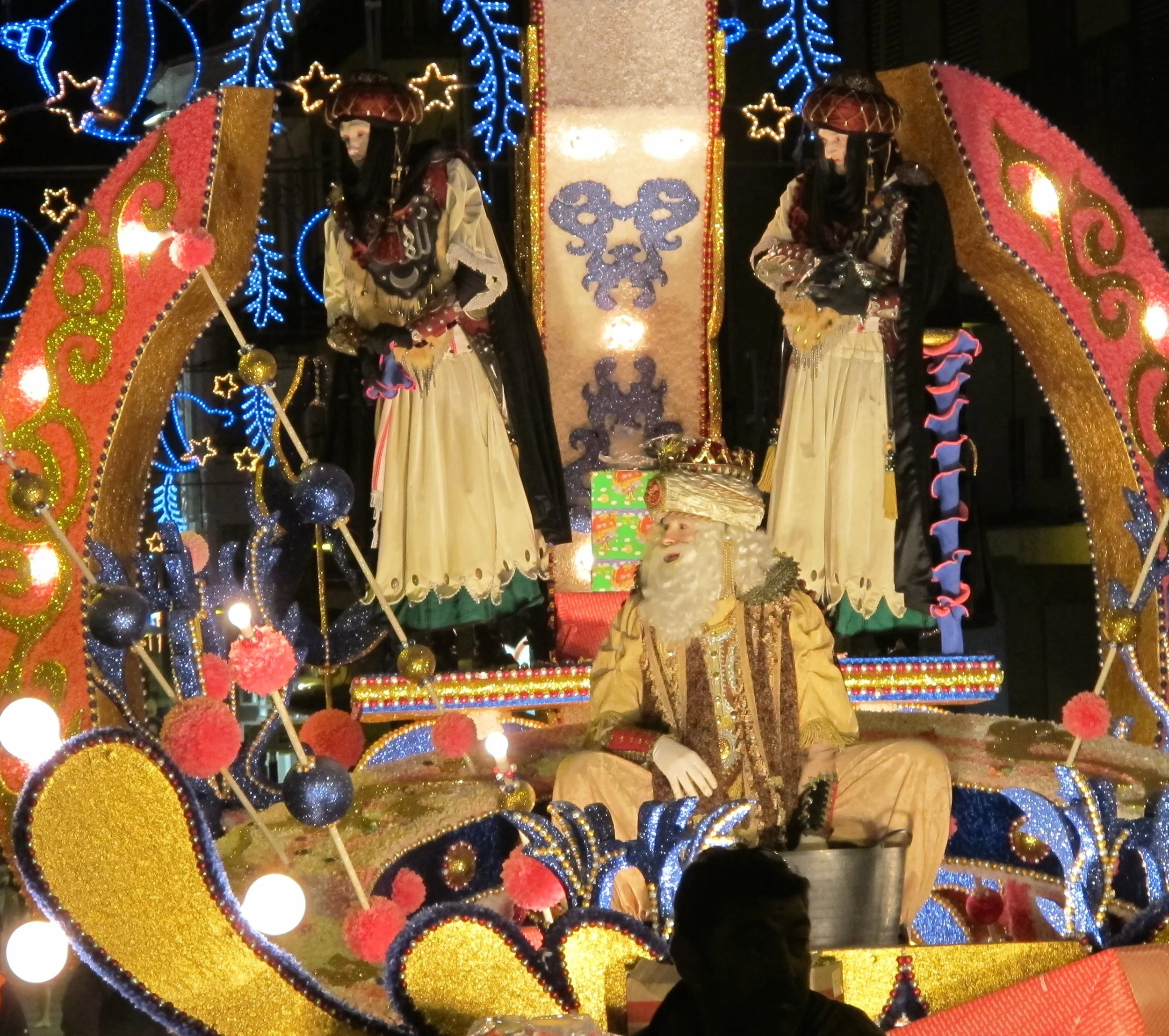

denia
denia
For millennia, Denia has played host to the world's great cultures: the Romans, the Moors of North Africa, Greek traders, British merchants, and even pirates. Their mark is seen clearly in the area's archeology, architecture, agriculture, and the faces of its people.
The late 1700's drew the British and trading in dried grapes and Mistela wine grew rapidly. By 1900, disease devastated the Muscatel vines planted on the ancient hillside terraces. Oranges, almonds, and cherries thrive through out the Marina Alta to this day.
No longer the small port and fishing village of the 1900's, the old quarter's 14c buildings, narrow streets, and 1,000 year old castle anchor this vibrant community. Streets are lined with mature shade trees, high end boutiques, and bustling cafés. Broad sidewalks and numerous pedestrian only areas create a relaxed experience. Denia now boasts a year round population of some 44,000 and 240,000 visitors to the area through the summer months.
Today's visitors are primarily British, French, German, and Russian, but Denia also attracts Americans, Asians, Northern Europeans, and a large number of Spaniards. Denia is on the 218 km long Costa Blanca, experiences more than 300 days of sunshine a year, and enjoys a temperate Mediterranean climate. The Costa Blanca is expected to see almost 8 million visitors in 2014.
As Denia has grown, it's city council has evolved a pro-business position that now looks to attract and encourage investment in premium tourism related projects.








